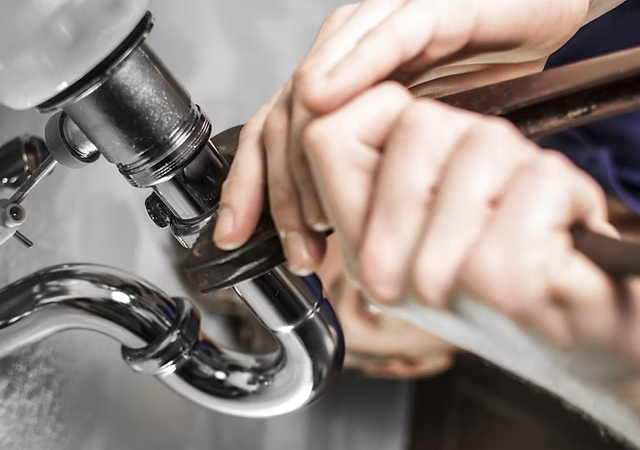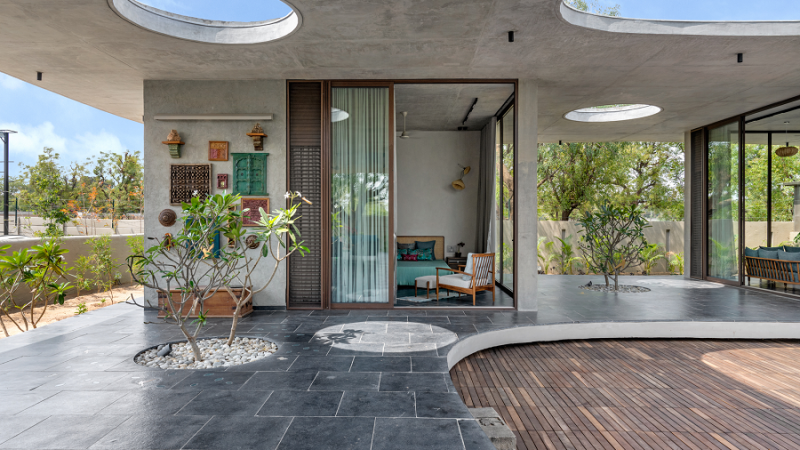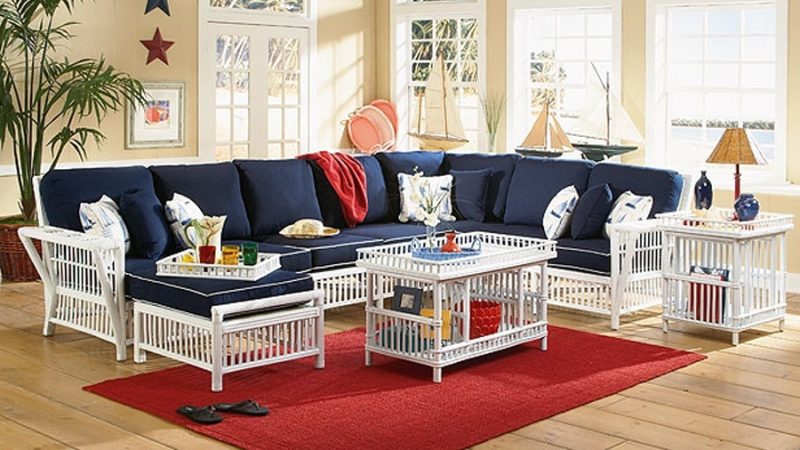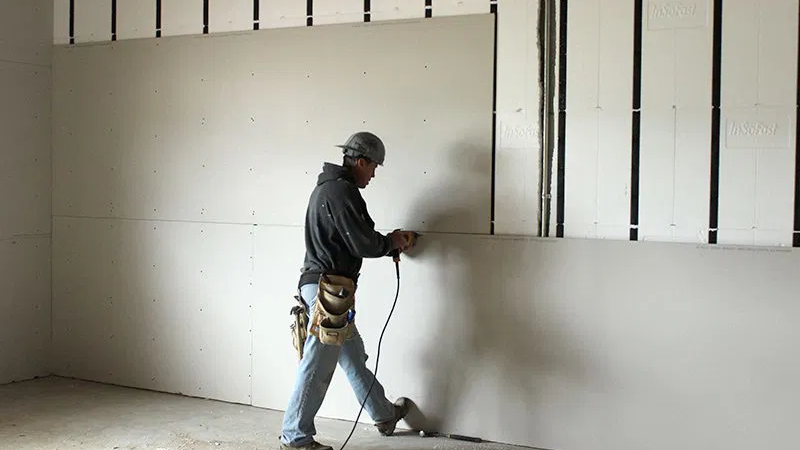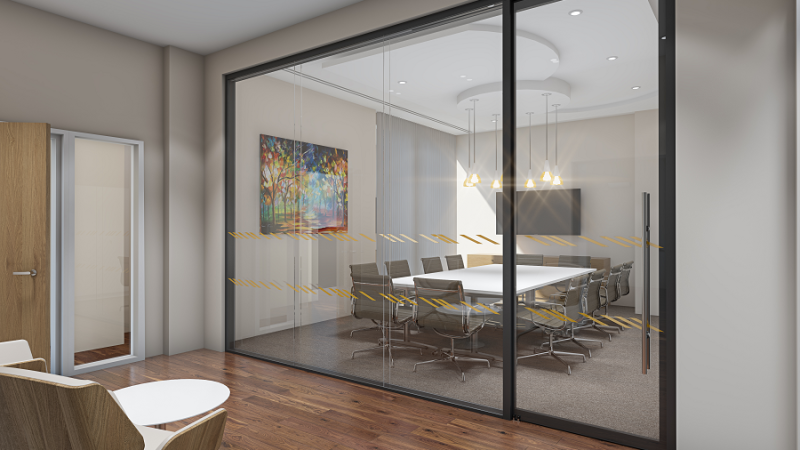Different Types of Door Closers

In the residential world, door closers are few and far between because those doors are used differently than doors in commercial applications. Even though most people that work in and use commercial buildings don’t know what door closers do, they are affected by them every day.
Choosing a door closer is impacted by multiple factors and isn’t as simple as it may seem on the surface. Firstly, what do door closers do? And what types of closers are available?
What Do Door Closers Do?
Door closers are responsible for multiple functions on a door.
- The main purpose of a door closer is to ensure that a door is closed after it is opened. They can be mechanical, hydraulic or electric.
- They control the backcheck on a door. Backcheck is the speed and the force with which a door closes. It often has three settings, the initial close, the slower and softer secondary closing frame and the last, strong close.
- Door closers provide options to hold the door open without using a wedge or stopper. Ironically, door closers are often used to hold doors open as well!
What Are the Different Types of Door Closers?
- Floor Spring
Floor spring door closers are, as the name suggests, installed in the floor. These are great for applications where the owners do not want to see any type of surface-mounted or overhead door closer. They also work great for glass swinging doors.
- Overhead
According to Maria from fire door company Doors Galore “The most common of commercial fire door closers, the overhead closer is functional, easy to install and cost-effective.” There are multiple installation options including, regular arm mount, top jamb mount and corner and parallel arm mounts. All of these have different uses and certain industries have preferences for overhead door closers.
- Hinge or Concealed
These are smaller targets for vandalism and look great when installed. They can be more challenging to adjust once installed because of their location but in certain environments, concealed closers are the best choice. These are not the best choice for heavy doors.
- Transom or Frame
Transom door closer that are built into the door leaf and transom of the door. They are concealed, which offer an aesthetically pleasing solution to any door-closing needs. Transom door closers provide all the benefits of overhead mounted closers but without offering those in the building a view of the closer itself. These options typically come with a higher price tag due to the concealed nature of the closer and the modifications necessary to the door leaf and frame.
- Electromagnetic
Electromagnetic door closers can be almost any type of door closer. The only difference is that they are outfitted with an electromagnetic system which allows them to be closed and locked (or even opened) electromagnetically.
What Type of Door Closer Do You Need?
Most commercial buildings can use a combination of closers to provide all the closing options necessary but what you choose depends on your local building codes, the type of building you are installing in and what the building is being used for. Always follow local building codes and installation instructions!



